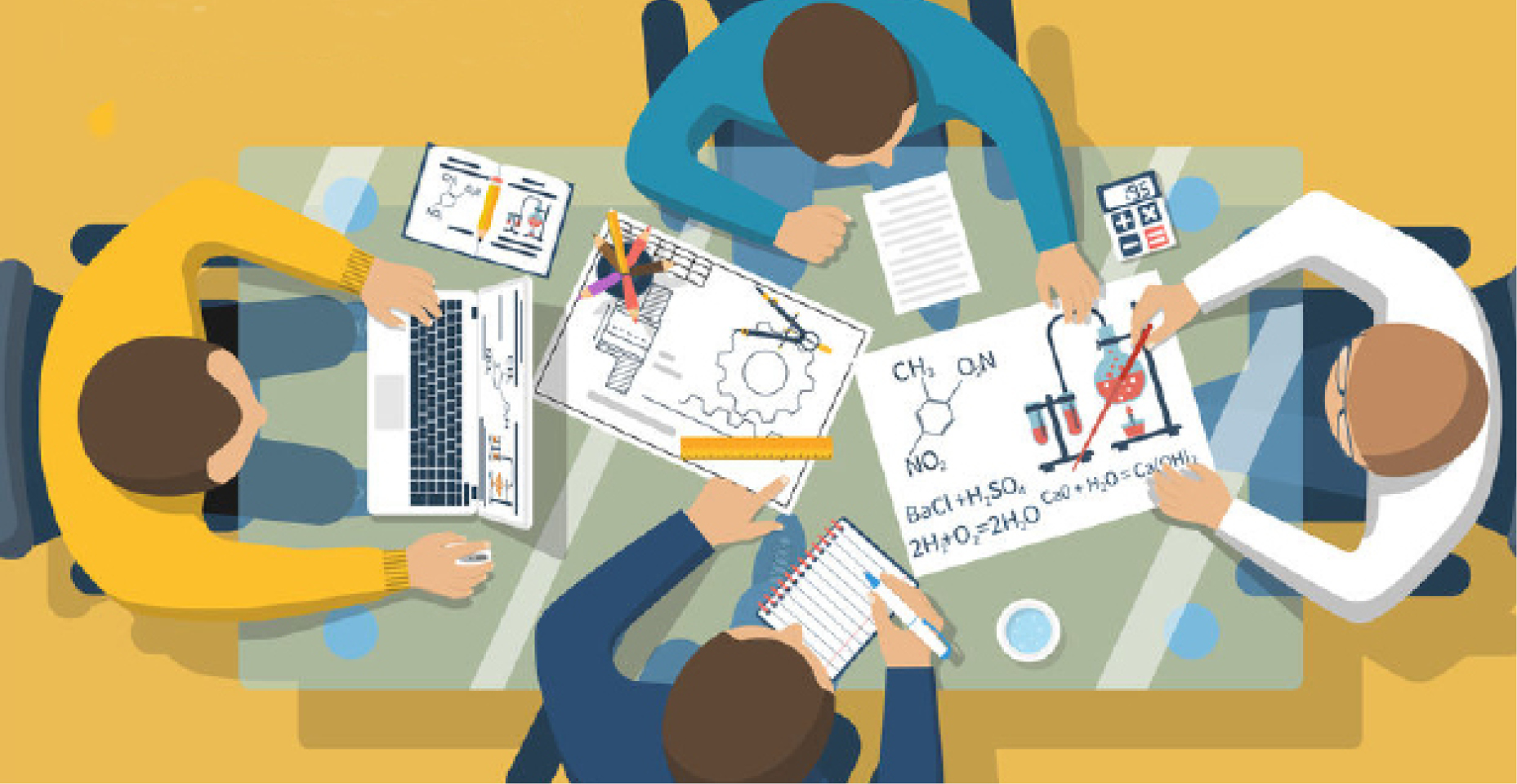I once taught a workshop to participants from a Federal Government agency. Months after, one of the participants called to wish me Happy Eid. But he also wanted to tell me that the technique I taught them worked. My friend was preparing for his postgraduate degree and therefore used the technique beyond work. “It works,” he said, “whenever I want to remember, I just paused and it simply comes back to me!”
Indeed, I’ve written several times about this technique. In a column, ”Learning Genius,” published on July 3, 2017, I shared the following thought experiment:
”Let’s have two students of equal ability. You take one of them and I take the other one. Let’s expose them to, or teach them the same content and see who’s going to master the content better. I can bet my last account balance that my student would master the material better and remember it longer; because I will teach mine with the best known learning strategy ever invented. This is not an empty tat, neither am I being a boastful teacher. It is what science says. And the same technique is available to you too.”
What is this technique?
It is called retrieval practice. Or the testing effect. Or test-enhanced technique. Beyond the fancy terms, it simply means that after devoting a little time to learning and you feel that you have understood the material, you should test yourself.
Testing yourself can be by closing the page you have read and then trying to recall what you understood by writing it out. Or you can retrieve the information by speaking it or teaching someone.
I agreed with Megan Smith of The Learning Scientists when she wrote: ”Put your class materials away, and then write out or maybe sketch or speak everything you know and try to be as thorough as possible, and then check your materials for accuracy.”
“You’re bringing information to mind almost like you’re testing yourself,” she continues “though it can be a practice test, it doesn’t have to be. You can just sort of go through and explain what you know, or teach a friend or a pet or even an inanimate object everything that you learned in school. By bringing that information to mind, you’re changing the way that information is stored so that it’s easier for you to get to later on.”
What is the evidence?
In ”Learning Genius, ” I wrote:
”John Dunlosky and his colleagues wanted to determine the best learning strategy ever invented. That is, which study method gives you the best value for the time invested? One good way to know this is to go to the extant literature. So the researchers analyzed 100 years’ worth of literature published on learning methods. It took them three years to finish their study. For their work, they employed what is called meta-analysis. That is, the analysis of the analyses or, analysis of what has been analyzed before on the subject by scientists.
In doing that they considered many learning methods such as note taking, highlighting with a pen or marker, mind maps, concept maps, re-reading, cramming, etc., and came out with one answer: retrieval practice.”
What does this mean?
In another column, ”How to become the smartest kid in class, ” I wrote:
”Retrieval practice or test-enhanced technique or testing effect, is the effect that long term memory is enhanced when some learning time is devoted to retrieving the information to be remembered through testing, followed with good feedback.”
That feedback can be from another person or yourself. The act of going back to the material to check if you were correct is enough feedback.
When I teach this technique to students, they ask an important question: ”what is the difference between this and cramming?”
There are two differences. One, cramming is done to force material into one’s brain whether it is understood or not, while retrieval practice is attempted only after one has understood the material.
That is why it is advised that you shouldn’t wait too long before testing yourself. Sometimes, we have this false confidence that we have understood a concept, but under the slightest of pressure, we quickly realize that we actually don’t know it.
Two, the purpose of cramming is for short term gain – e.g., to pass an examination. While retrieval practice by its nature is deployed for long term retention.
Actually, a study showed that compared to other methods, retrieval practice is best for long term retention but not ideal for the short term.
In sum, if you want to remember what you learned, test yourself by recalling it or teaching someone else – real or imagined.
It is also important that you space your retrieval practice. It is better to spend 30 minutes a day consistently than studying for three hours at a stretch.

 Join Daily Trust WhatsApp Community For Quick Access To News and Happenings Around You.
Join Daily Trust WhatsApp Community For Quick Access To News and Happenings Around You.


